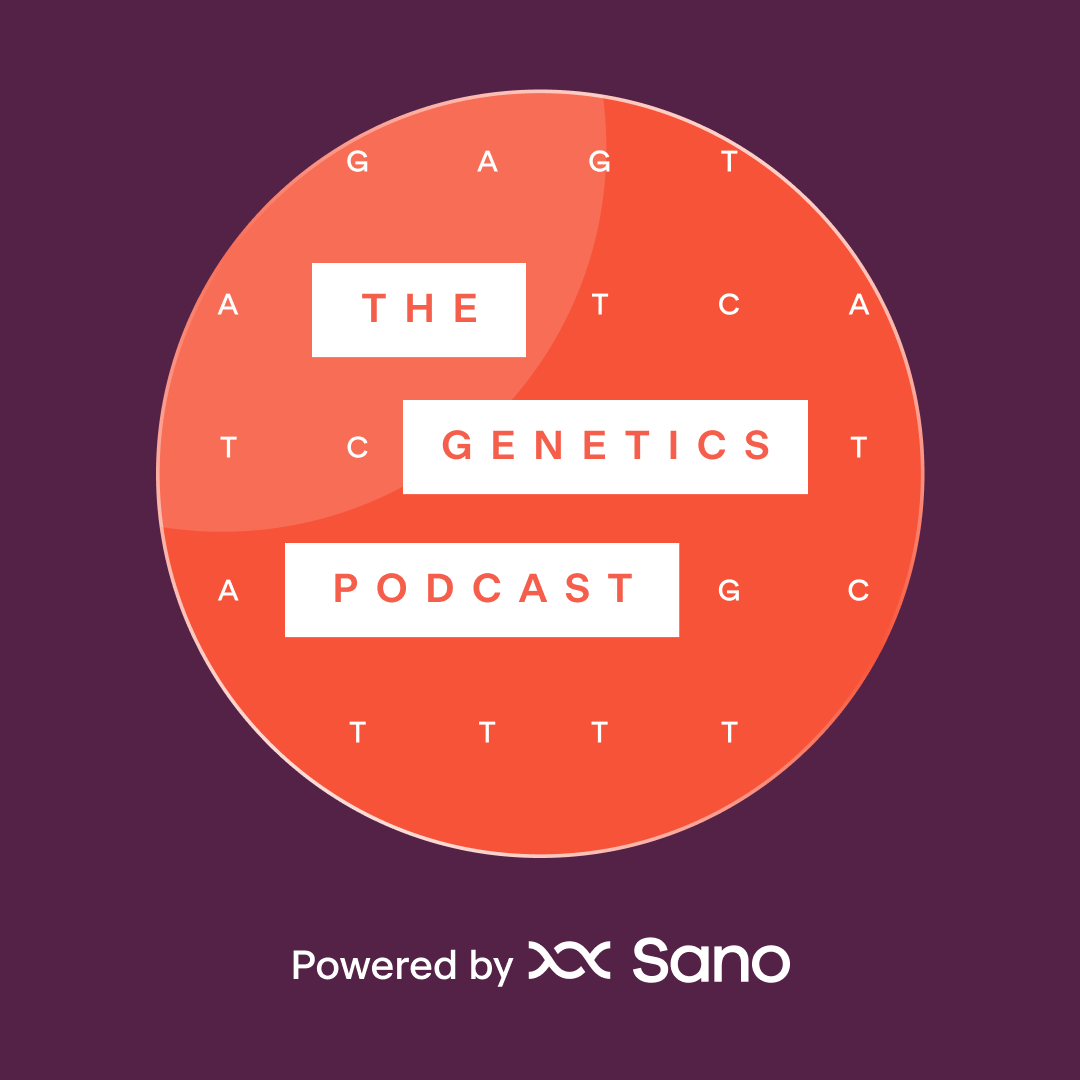
EP 160: Artificial Intelligence, GWAS in Drug Discovery, and Career Insights with Dr. Eric Fauman, Executive Director and Head of Computational Biology in the Internal Medicine Research Unit at Pfizer

The Genetics Podcast
Shownotes Transcript
0:00 Introduction1:30 The power of social media: How Eric published 10 papers based on ideas that he discussed on Twitter5:50 Explanation of The Table of Everything, an internal database at Pfizer that catalogs nearly 20,000 human genes and their associated diseases and traits13:20 How Eric’s team works to correlate genome-wide association study (GWAS) results to real biological phenotypes and outcomes18:10 Introduction to protein quantitative trait locus (PQTL), including its importance in biological and genetic data25:10 Examining the evolving bottlenecks in drug development and the challenges of validating genetic targets 28:30 Navigating the gap between genetic hits and biological understanding, and how AI or functional studies could bridge this in target discovery32:20 Linus Pauling's mentorship of Eric and how he might react to AlphaFold2’s breakthroughs in structural biology35:15 Eric's take on using AI and how he's experimenting with it on trusted datasets41:00 An introduction to Mendelian randomization, as well as its strengths and limitations47:00 How Eric uses the TOP Model (Talent, Opportunity, and Passion) to guide this career choices and path52:00 Diversity and collaboration in genetics research and implementation55:00 Closing remarksResources mentioned throughout the episode:Mendelian Randomization with Proxy BiomarkersPaper: Mendelian randomisation with proxy exposures: challenges and opportunities, I Rahu, R Tambets, EB Fauman, Kaur Alasoo (2024))Explores proxy biomarkers as a method to assess in vivo activity of a protein target.Trait Colocalization and Causal GenesPaper: Integrative analysis of metabolite GWAS illuminates the molecular basis of pleiotropy and genetic correlation, CJ Smith, N Sinnott-Armstrong, A Cichońska, H Julkunen, EB Fauman, Jonathon Pritchard, Elife 11, e79348)Demonstrates how traits with opposing effects on a genetic variant may suggest a causal gene sits between themMetabolite Profiling in Human KnockoutsPaper: McGregor TL, Hunt KA, Yee E, et al. Characterising a healthy adult with a rare HAO1 knockout to support a therapeutic strategy for primary hyperoxaluria, Elife. 2020;9. Published 2020 Mar 24.)Community Workshop on Effector Gene StandardsPresentation: Watch on YouTube)TOP Model for Career GuidanceArticle: Grab the Helm: How to Take Charge of Your Purpose, Passion, Progress)The Table of EverythingOverview: Read more on Pfizer’s site)UK Biobank Protein QTL StudyPaper: Sun, B.B., Chiou, J., Traylor, M. et al. Plasma proteomic associations with genetics and health in the UK Biobank,Nature, 622, 329–338 (2023).)Eric’s First GWAS ContributionPaper: Shin SY, Fauman EB, Petersen AK, et al. An atlas of genetic influences on human blood metabolites, *Nat Genet.*2014;46(6):543-550.)**Every Gene Ever Annotated (EGEA)**Public Resource: View annotations on GitHub) Nine reasons not to use eQTLs to identify causal genes from GWAS:Random Sequences Can Create Regulatory Elements
- “~83% of random promoter sequences yielded measurable expression” - de Boer CG, Nat Biotechnol, 2020
- “Recently evolved enhancers are formed predominantly by exaptation of ancestral DNA” - Villar D, Cell, 2015
- “Extensive co-regulation of neighboring genes complicates the use of eQTLs in target gene prioritization” - Tambets R, et al., HGG Adv., 2024
Enhancer Variants and Buffering in Important Genes
- “eQTLs at GWAS loci are more likely to point to genes with low enhancer redundancy not associated with disease” - Wang X, Goldstein DB, Am J Hum Genet., 2020
- “GWAS and eQTL studies are systematically biased toward different types of variants” - Mostafavi H, et al., Nat Genet., 2023
- “CNVs are buffered by post-transcriptional regulation in 23%-33% of proteins significantly enriched in protein complex members” - Gonçalves E, et al., Cell Systems, 2017
eQTL Data Limitations vs. Proximity Information
- “cis-eQTL target genes are relatively poor indicators of ‘true positive’ causal genes” - Stacey D, et al., NAR., 2018
- “When molecular QTL colocalization evidence was removed, we saw similar classification results” - Mountjoy E, et al., Nat Genet., 2021
- “Key predictive features included coding or transcript-altering SNVs, distance to gene, and open chromatin-based metrics” - Forgetta V, et al., Hum Genet., 2022